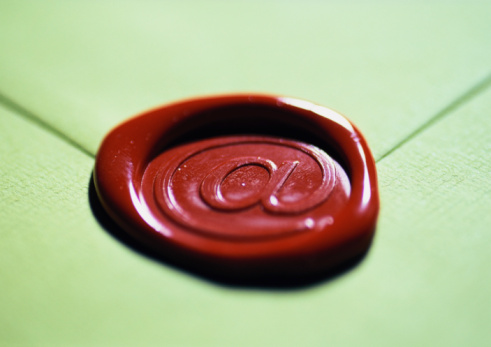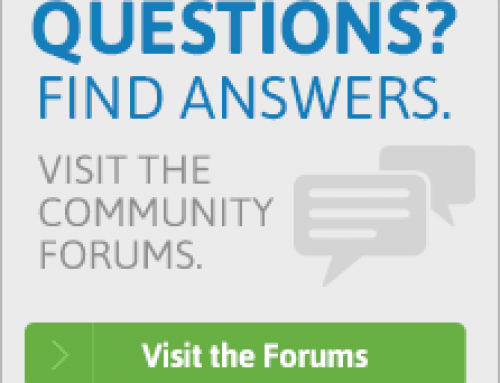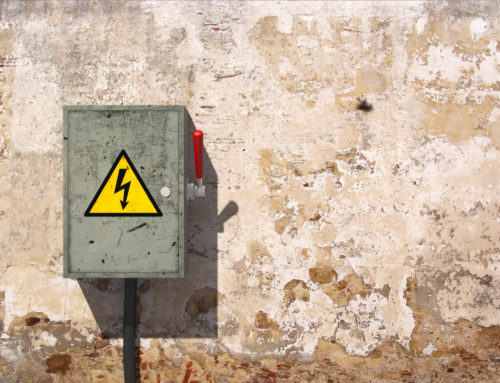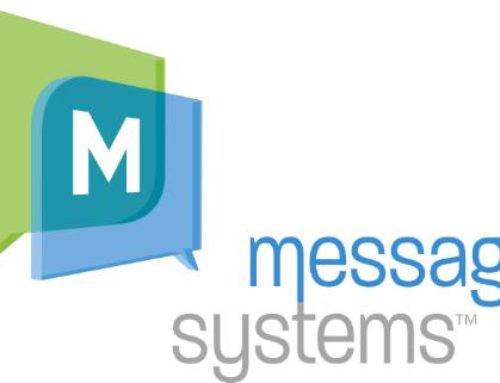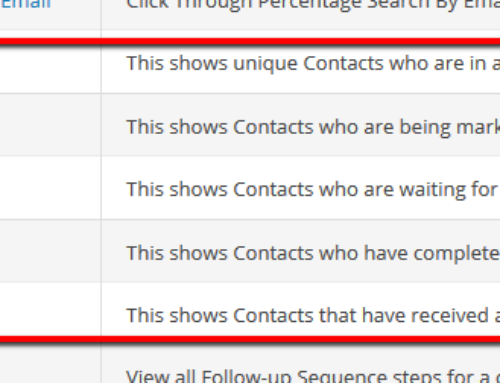Article Credit: Ilya Pozin
Your inbox: The place where your productivity goes to die. Unfortunately, email is hard to avoid since it’s the main form of communication for professionals across all industries.
Rushing through your inbox is certain to set you up for a disaster. Expertly managing all aspects of your personal emails could not only increase your efficiency, but also help you avoid ruining your professional identity with silly communication mistakes.
[imageframe style=”bottomshadow” bordercolor=”” bordersize=”0px” stylecolor=”” align=”left”] [/imageframe]
[/imageframe]
The truth is, everyone could use a little help nailing down a better email strategy. Here are some common email mistakes to avoid:
1. Constantly removing email threads. Removing previous conversations to save space can be frustrating for the person or group of people you’re emailing. Just like you, they probably receive and send hundreds emails a day and may to lose track of conversations. Do your recipients a favor and include the whole thread when responding. Clutter is necessary when you’re attempting to avert confusion and save time in the long run.
2. Cc’ing your entire company. Next time you’re thinking of adding an email address to the cc box, ask yourself this: Is it really necessary for this person to be in the loop? If not, spare that person the gratuitous email if at all possible. If it’s completely necessary for someone to be part of a conversation — maybe someone introduced you to a contact via email — utilize the bcc function. Just don’t forget to keep privacy in mind.
3. Emails that go on forever. Emails are meant to be brief. If it’s something you can’t say in just a few sentences, or you find yourself in a nonstop, back-and-forth conversation, pick up the phone! Long emails are certain to go without being read.
4. Creating unnecessary back-and-forth. Think before you hit send. When you’re dispersing a quick email to set up a meeting, provide all necessary information in the first email. Otherwise, it becomes a back-and-forth conversation that could have been taken care of in one response from each side. A perfect example: When you’re setting up a meeting, rather than asking someone about their availability, immediately send them the times that work best for you.
5. Set up an email-checking schedule. Stop constantly checking your email! This not only kills your productivity, but it also lets others dictate your task schedule. Instead of dealing with inbox anxiety, set up a schedule for managing your inbox. For example, you may only want to manage your emails once in the morning and once in the afternoon. Make this schedule known to those who you’re regularly in contact with. If it’s an emergency, they should know to call you.
Save some time in your day and don’t let your inbox trip you up.
How do you manage your inbox more efficiently and effectively?
